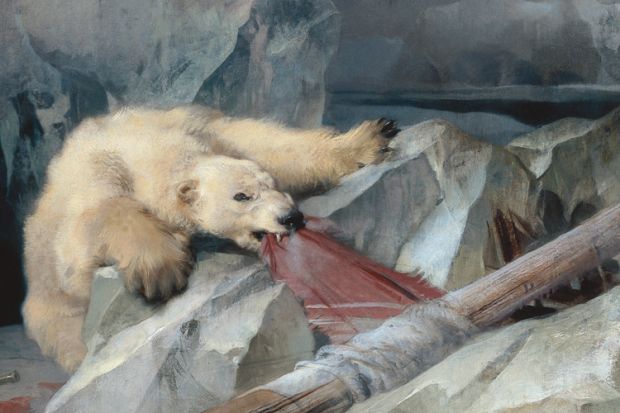Unlucky individuals inherit attic loads of junk. Many universities inherit unexciting art collections put together at different times with no overall organising principle.
It seems not to be the done thing to sell such material off – what is now Royal Holloway, University of London caused a minor scandal in 1993 when it disposed of a Constable, a Gainsborough and a Turner to raise over £20 million to help preserve its Grade I-listed Founder’s Building – so is there any way for universities to build their art collections into their broader missions, or make significant use of them in outreach, teaching or research?
I first became intrigued by these issues when Murray Edwards College in Cambridge recently published a new edition of the catalogue for its 400-strong collection of women’s art, now said to be the largest in Europe. This has been put together from loans, gifts and bequests (but no real purchasing budget) since 1992.
It fits neatly with the institution’s identity as an all-women’s college, does something to combat the under-representation of work by women in many other collections and raises lots of interesting questions about what, if anything, is distinctive about “women’s art”.
But what about the universities with less coherent collections, including dull pictures of long-forgotten vice-chancellors or in styles which haven’t been fashionable for decades?
I wrote round to a number of press offices, and got a fair sample of unhelpful responses. In one case, an institution owned 440 artworks, I was told, but my contact was unable to provide any further information about dates, themes or subject matter. Several others gave equally thin responses.
Fortunately, others provided much richer detail, which I was able to pull together into a feature.
One of the world’s worst poets was on hand to pen an ode when a portrait of the founder was unveiled during the opening ceremony, in 1883, of what is now the University of Dundee. At the University of Warwick, the current curator explained to me, “the founders installed modernist works of art like the flags of an egalitarian society in its public spaces”. Students and staff were often less impressed, so the development of the collection interestingly reflects the retreat from the utopian ideals of the 1960s.
At Royal Holloway, meanwhile, students and the general public can now go and look for themselves at Edwin Lanseer’s painting (pictured) of polar bears savaging the human remains and other wreckage of an unsuccessful Arctic expedition. Rumours of a curse meant that it was hitherto covered by a Union Jack during exams.




